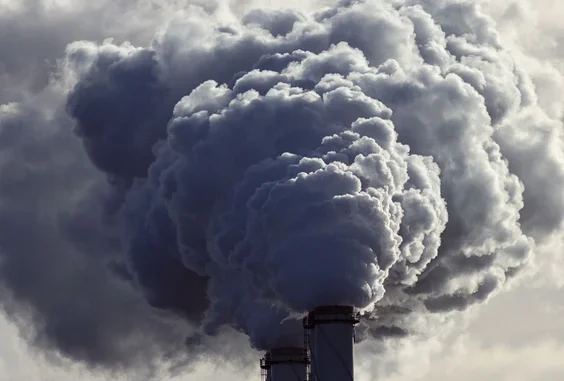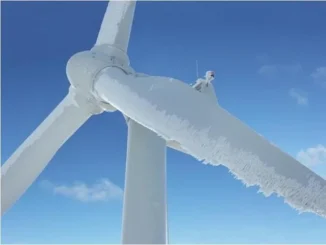
Almost daily, the mainstream media in most western countries publishes stories about the world rapidly and irresistibly moving to eliminate emissions of carbon dioxide and other greenhouse gases by 2050. The United Nations has published a “Net-Zero Emissions by 2050 Scenario” that is increasingly used, not as one vision of how the future might unfold, but as a roadmap all must follow.
Our own federal government has embraced “net-zero emissions by 2050” as a national goal. Hundreds of private organizations have joined the “Race to Zero” as though the outcome of emissions reductions efforts worldwide were already assured and now it is just a question of who gets there first. The general presumption in the UN’s scenario is that countries will sooner rather than later completely electrify their economies and also eliminate all non-hydrocarbon sources of electricity generation.
But none of these beliefs and expectations is correct. The world simply is not “decarbonizing.”
Globally, the primary sources of greenhouse gas emissions, including carbon dioxide and other gases like methane, are electricity and heat (31 per cent), transportation (15 per cent), manufacturing (12 per cent), agriculture (11 per cent) and forestry (six per cent). Almost all these emissions are energy-related; the exceptions are emissions from land-use changes and forestry.
In 1990, when global attention first focused on climate issues, annual emissions of carbon dioxide from human combustion of energy sources were running at about 23 billion tonnes. By 2019 annual emissions were almost 35 billion tonnes, about 50 per cent higher. Since 1990, they have risen in every year but three.
Trends in global energy supply, demand and emissions are monitored and reported on annually in the Statistical Review of World Energy, formerly published by British Petroleum but now by the Energy Institute. The most recent edition of the review came out June 20. Among its highlights:
- In 2023, global energy-related emissions were 1.6 per cent higher than in 2022.
- The geographic origins of the emissions have changed over time. Those from member countries of the OECD initially rose but since have been slowly falling, while those from non-OECD countries have risen continuously.
- In 2023, non-OECD countries produced 68 per cent of global emissions, OECD countries just 32 per cent. Future emissions trends almost certainly will be driven by growth in the economies and populations of the non-OECD countries.
- China alone produces 32 per cent of global emissions. In 2023, China’s emissions rose by six per cent. Its emissions growth in 2023 exceeded Canada’s total emissions for that year.
- In 2023, the United States produced 13 per cent, Europe 10 per cent and Canada 1.5 per cent of total global emissions.
- In 2023, the world’s consumption of energy was 620 exajoules. Coal, the most emissions-intensive energy source, produced 196 exajoules, natural gas 164 exajoules, and oil 196. In total, these hydrocarbon sources supplied 81.4 per cent of the world’s energy. For their part, nuclear energy and hydroelectricity provided 25 exajoules and 40 exajoules, respectively. Renewable energy (wind, solar and biomass) provided only 51 exajoules, or eight per cent of the total.
- In 2023, electricity provided less than 20 per cent of the world’s energy. In other words, the world is a long way from complete electrification.
The UN’s proposed target for greenhouse gas emissions is to be at least 40 per cent below 2005 levels by 2030 and at least 80 per cent below 2005 by 2050. But both past and present trends in global energy use and emissions are up, not down.
Some politicians and activists contend that policies to restrict investment in hydrocarbon exploration, production and development will ultimately force a change in consumption patterns. Perhaps. So far, however, there is no indication that is happening. This year’s statistical review indicates that total consumption of liquid hydrocarbons (i.e., oil, condensates and natural gas liquids) exceeded 103 million barrels per day in 2023, while crude oil production increased by over one million barrels per day per year for the tenth straight year (the pandemic year of 2020 excepted). Natural gas production increased slightly from 2022 levels to over 4,000 billion cubic metres and coal production rose to over nine billion tonnes, in both cases their highest levels ever.
OECD governments may continue on their path of raising the cost of energy and restricting its uses, but if they do so, they should at least drop the pretence that this is justified by some global crusade to achieve net-zero. It’s just not happening.
Take the Survey at https://survey.energynewsbeat.com/






